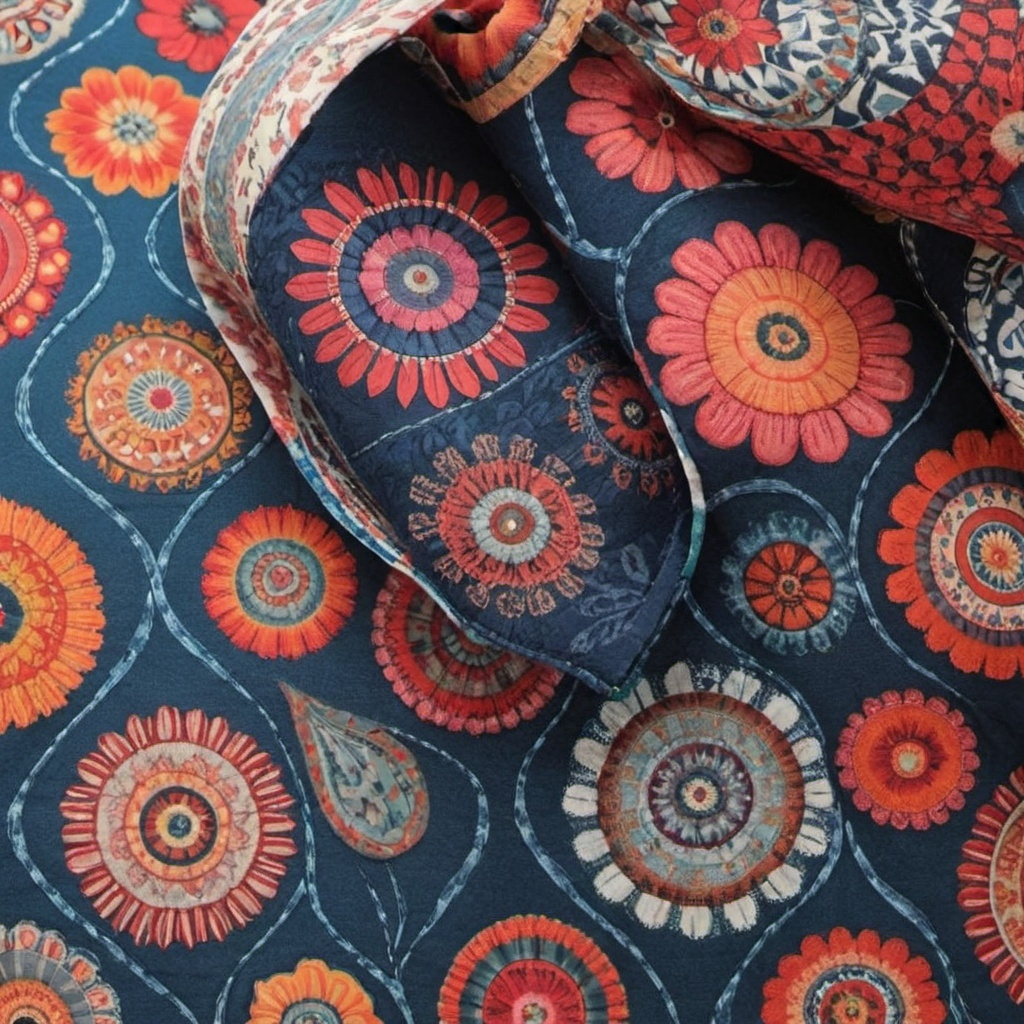Textile design is a cornerstone of the fashion industry, and a deep understanding of it is essential for anyone aspiring to make a mark in the field. From influencing the overall look and feel of a garment to impacting its functionality and marketability, textile design plays a critical role in fashion success. Here’s why mastering textile design is crucial and how it contributes to a designer’s success.
1. Enhancing Creative Vision
Understanding textile design allows designers to translate their creative vision into tangible fabric choices. Knowledge of various textiles—such as their properties, textures, and behaviors—enables designers to select materials that align with their aesthetic goals. This understanding helps in creating garments that are not only visually appealing but also true to the designer’s original concept.
2. Influencing Garment Performance
The choice of textile significantly affects the performance of a garment. Different fabrics have varying properties, such as drape, stretch, and breathability, which impact how a garment fits and functions. By understanding textile design, designers can select appropriate fabrics that enhance comfort, durability, and overall performance, ensuring that their creations meet both aesthetic and practical requirements.
3. Driving Innovation in Fashion
Textile design is a field ripe with innovation. Advances in fabric technology and the development of new textiles can lead to groundbreaking fashion designs. Designers who are knowledgeable about textile innovations can incorporate cutting-edge materials and techniques into their collections, setting trends and pushing the boundaries of traditional fashion design.
4. Ensuring Quality and Consistency
A thorough understanding of textiles helps designers ensure the quality and consistency of their garments. Knowledge of fabric properties allows designers to make informed decisions about fabric sourcing, production, and care. This attention to detail helps in maintaining high standards of quality and consistency throughout the design process, resulting in well-made and reliable products.
5. Addressing Sustainability Concerns
Sustainability is a growing concern in the fashion industry, and textile design plays a significant role in addressing it. Designers who are well-versed in sustainable textile practices can make informed choices about eco-friendly materials, ethical production methods, and recycling techniques. Understanding textile design helps designers contribute to a more sustainable fashion industry by selecting and promoting environmentally responsible options.
6. Enhancing Marketability
Textiles are a key factor in a garment’s marketability. Consumers are often drawn to unique and high-quality fabrics that enhance the appeal of the clothing. Designers who understand textile design can create distinctive and attractive fabric patterns, textures, and finishes that set their collections apart in the competitive fashion market. This knowledge helps in developing fabrics that resonate with target audiences and drive sales.
7. Facilitating Effective Communication
In the fashion industry, effective communication between designers, manufacturers, and suppliers is crucial. A strong grasp of textile design enables designers to communicate their fabric requirements and expectations clearly. This knowledge helps in conveying design concepts accurately, ensuring that the final product aligns with the designer’s vision and specifications.
8. Supporting Technical Design
Textile design knowledge supports technical aspects of garment design, such as pattern making, fitting, and construction. Understanding how different textiles behave allows designers to make informed decisions about pattern adjustments, seam finishes, and garment construction techniques. This technical expertise ensures that garments are well-constructed and achieve the desired fit and finish.
9. Expanding Design Opportunities
Proficiency in textile design opens up various design opportunities and specializations. Designers with a strong background in textiles can explore niches such as fabric design, textile innovation, and material sourcing. This expertise allows designers to diversify their skillset and explore new avenues within the fashion industry, contributing to their overall success.
10. Building Strong Industry Relationships
Finally, a solid understanding of textile design helps in building strong relationships with industry professionals. Knowledgeable designers are better equipped to collaborate with textile manufacturers, suppliers, and other stakeholders. These relationships are crucial for accessing high-quality materials, staying updated on industry trends, and advancing in the competitive fashion landscape.
In conclusion, understanding textile design is crucial for success in the fashion industry. It enhances a designer’s creative vision, influences garment performance, drives innovation, and supports sustainability. Mastering textile design ensures quality, marketability, and effective communication while expanding design opportunities and building valuable industry relationships. Embracing textile design as a core skill not only enriches a designer’s work but also paves the way for a successful and impactful career in fashion.
